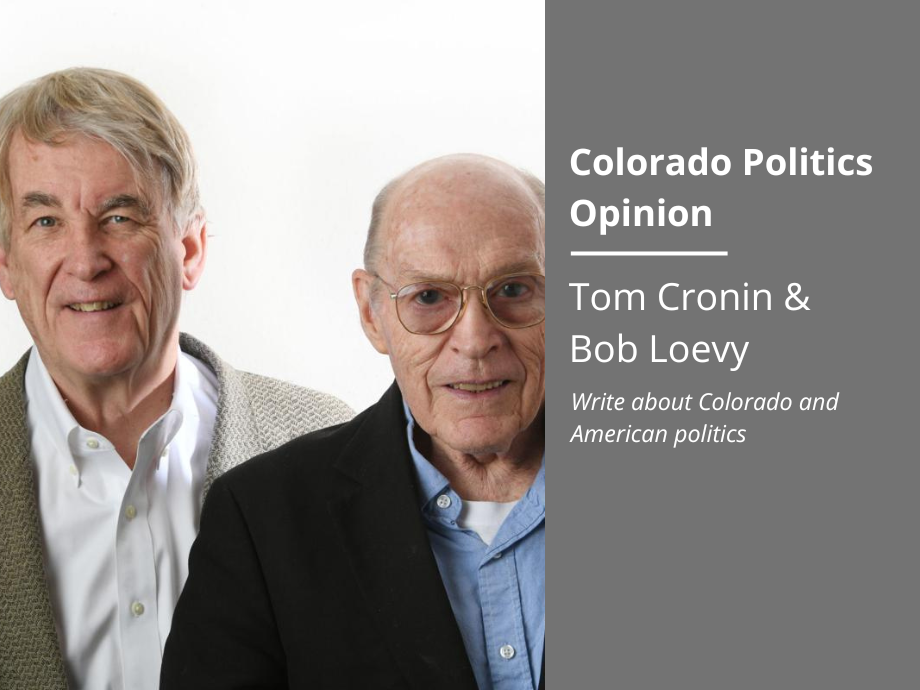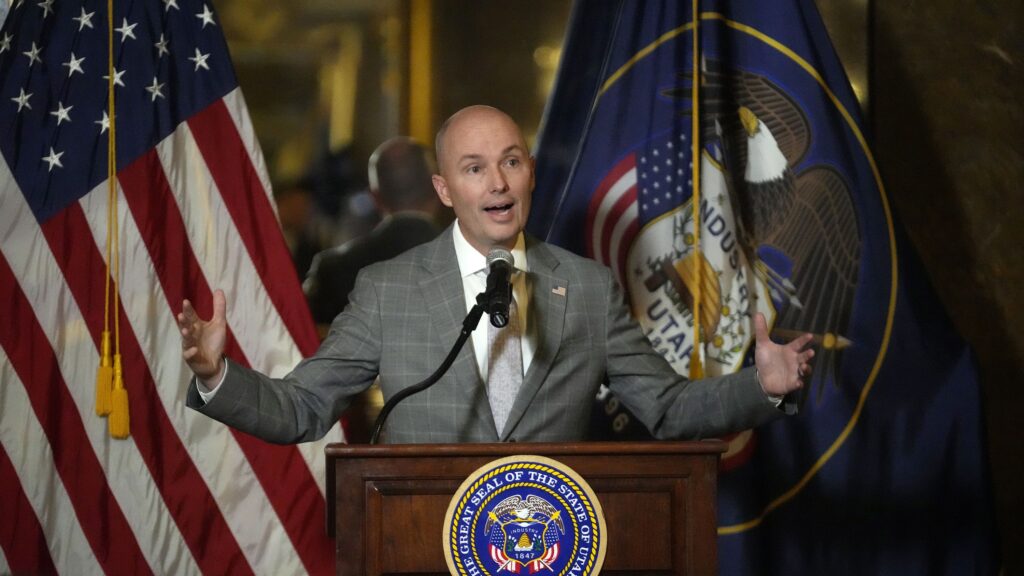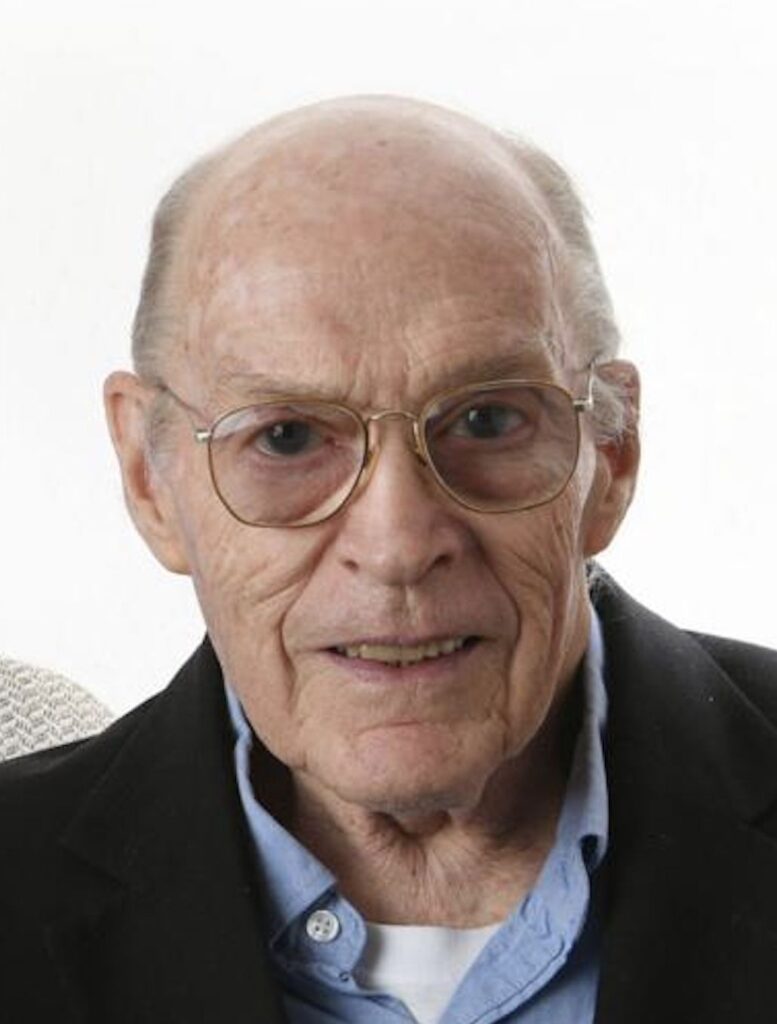‘Sun-Moon’ theory explains current Colorado politics | CRONIN AND LOEVY


During the 2023 session of the Colorado state legislature, which recently adjourned its 180-day annual session, the Democratic Party enjoyed large majorities in both the state House of Representatives and the state Senate.
Despite large Democratic majorities, however, three major bills widely supported by many Democrats, particularly liberal and progressive Democrats, failed to be enacted.
Those three bills involved work and pay schedules in the restaurant industry, rules and procedures for evicting renters and forcing large apartment houses into single-family zoned neighborhoods.
How could this happen when the large Democratic majorities in both houses should be in almost full control?
Stay up to speed: Sign-up for daily opinion in your inbox Monday-Friday
Political analysts have an answer for this seeming contradiction. It is called the “Sun-Moon” theory of political parties, and it has been around for almost three generations.
The theory was developed during the 62-year period from 1932 to 1994, when the Democratic Party totally dominated both the U.S. House of Representatives and the U.S. Senate in Washington, DC. Except for the two years 1953-1954 (following Republican Dwight D Eisenhower ‘s sweeping election into the White House), the Democrats controlled both houses of Congress by comfortable majorities for six decades.
Political observers noticed that things work differently when one political party is in total control of a two-house legislature. The Sun-Moon theory sought to explain the differences.
The Sun-Moon theory of United States political parties was developed by a widely read and respected newspaper columnist in the 1950s and 1960s named Samuel Lubell. His ideas were taken up by legislative scholars.
“The Sun” is the powerful winning political party that has large majorities in both houses of the legislature. It shines brightly as it goes about its business, totally controlling the output of both the House of Representatives and the Senate. As long as the Sun remains united, any bill the Sun supports is typically passed into law.
In the Colorado state legislature, thanks to big election victories in the 2022 general elections, the Democratic Party is a bold and brightly shining Sun. It easily passed nine of the 12 most important bills in the 2023 session and did not need any Republican votes to get the job done.
“The Moon” is the minority party. It is weak and powerless because of recent failures at the ballot box. It has little power of its own as the Sun does. It can only reflect the light that comes from the Sun,
And the minority Moon can only do that at certain times. Similar to the phases of the real moon high in the night sky, the legislative Moon waxes and wanes, only shining reflected light and then only at certain times.
Now we borrow another word from astronomy: the Comet. Divisive issues that come before the state legislature are like comets. They strike the majority Sun, thereby causing bits and pieces of the Sun to spin off out into space. Ready to catch those bits and pieces is the minority Moon.
If enough pieces break off the majority Sun and are attracted to the minority Moon, the minority Moon may become larger than the majority Sun, although just for that brief moment.
And so it went in the Colorado state legislature this spring. Three large comets – rules for restaurant employees, tenant rights against landlords, and state mandated apartment buildings in single-family housing zones – struck the majority Sun and caused key parts of it to break away.
These errant majority-party legislators gravitated to the minority Moon and, combined with the Republicans, had enough votes to defeat each of the three controversial bills.
Note that this Sun-Moon theory gives the minority Republicans a potentially fruitful or corrective role to play at the state legislature, even though they are woefully in the minority. Whenever the majority Democrats split on a major issue, the Republicans can pick one side or the other and, at least for that one piece of legislation, be part of a majority winning coalition.
Sun-Moon theorists (count us in) like to say when one political party dominates a state legislature, political issues are primarily solved “within the majority party” rather than “between the majority party and the minority party.”
That’s a way of saying, as long as the Democrats at the legislature remain united and form a brightly burning Sun, they get to make the major decisions among themselves about legislative bills. The Republicans do not get to participate at all.
If, on the other hand, the majority Sun is split by an issue, then two-party politics comes into play as deserting Democrats form a majority by combining with the Republicans.
The Democrats won the legislative redistricting struggle in 2001, so the Colorado legislature is currently gerrymandered strongly in favor of the Democrats in both houses of the legislature. That condition will remain in effect until the next legislative redistricting in 2031.
So for the next several years, we predict the Sun-Moon theory will provide a plausible explanation of what is happening in the Colorado state legislature.
The majority-Sun Democrats will shine brightly and get much of what they want as long as they remain united. But divisive issues will come along and break off key parts of the majority Sun. That will create opportunities for the minority Moon Republicans to join with the dissident Democrats to briefly take control.
So when Democratic Party bills are occasionally defeated in the future in the Democratic Party-dominated Colorado legislature, think Sun-Moon theory.
Tom Cronin and Bob Loevy write about Colorado and national politics.













